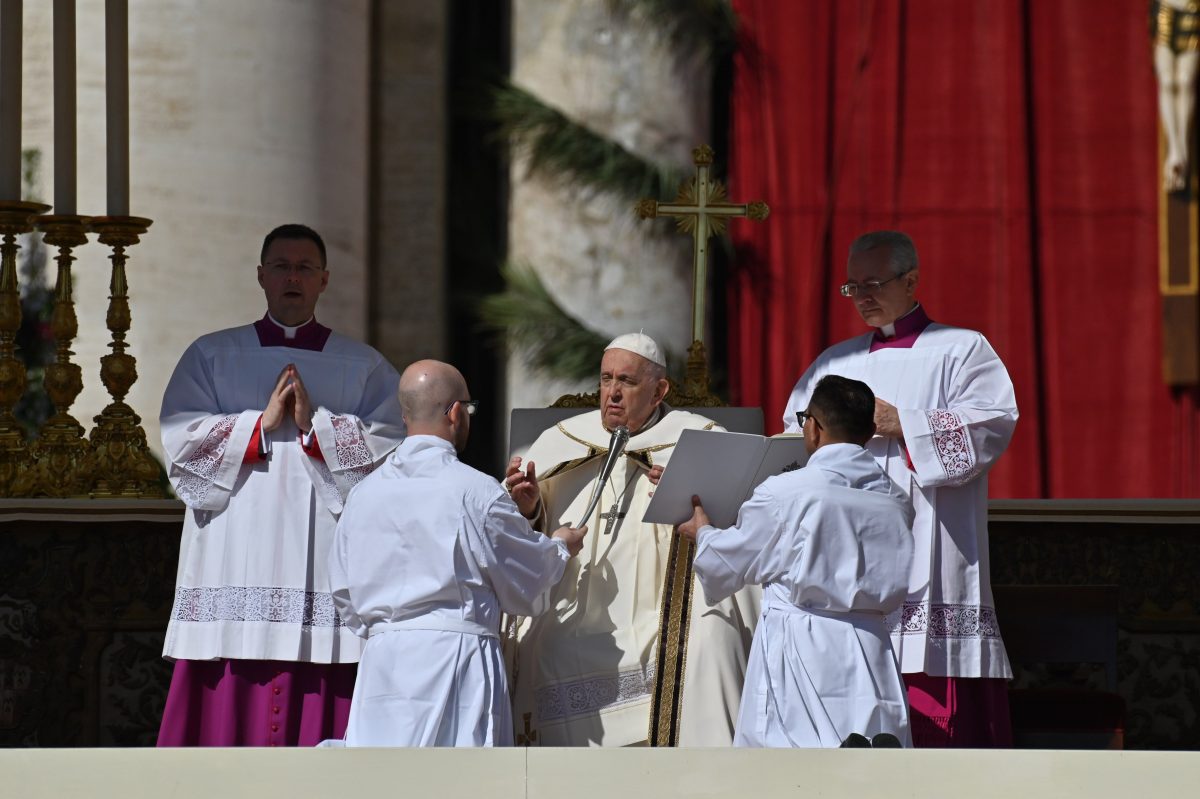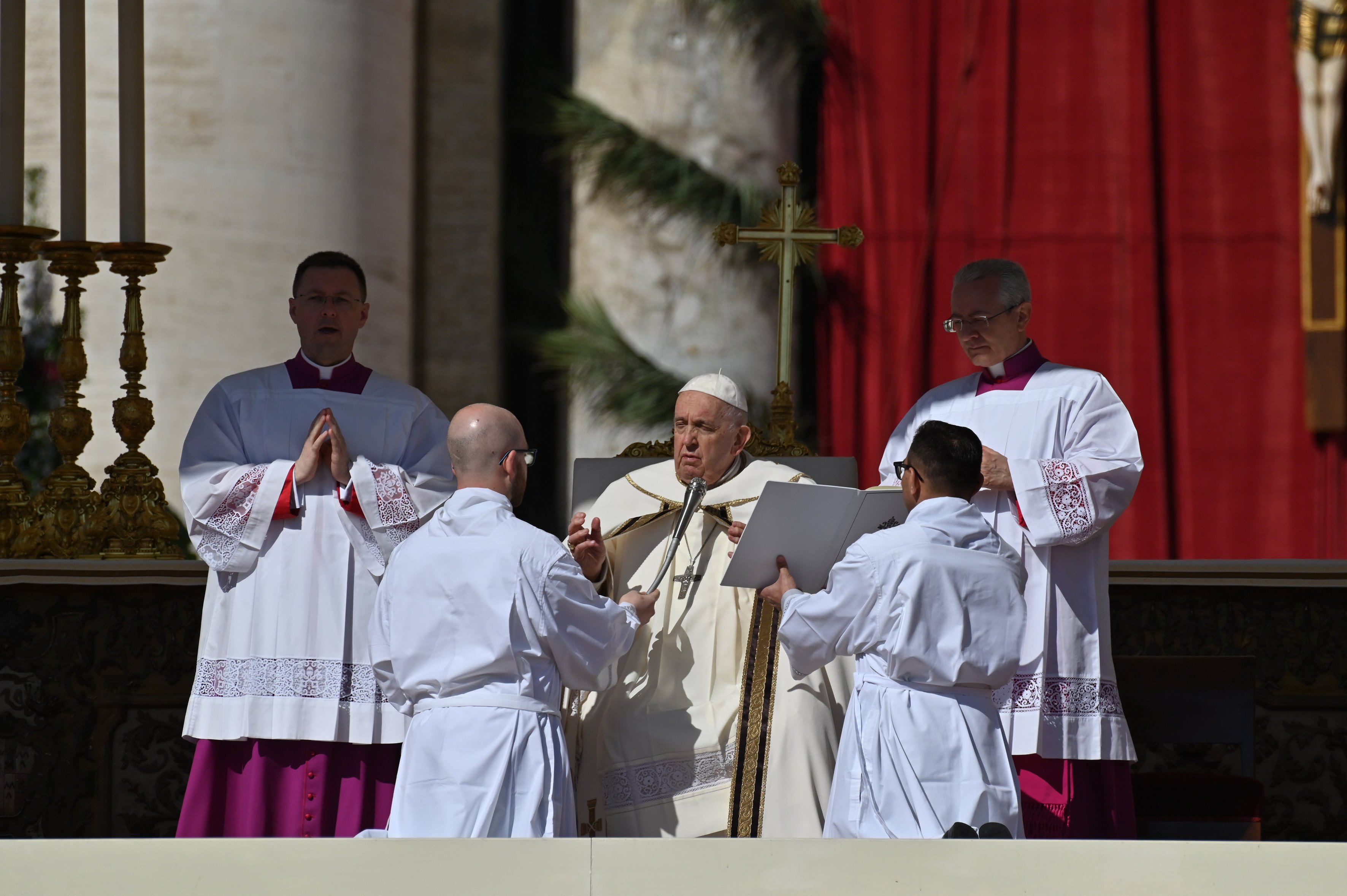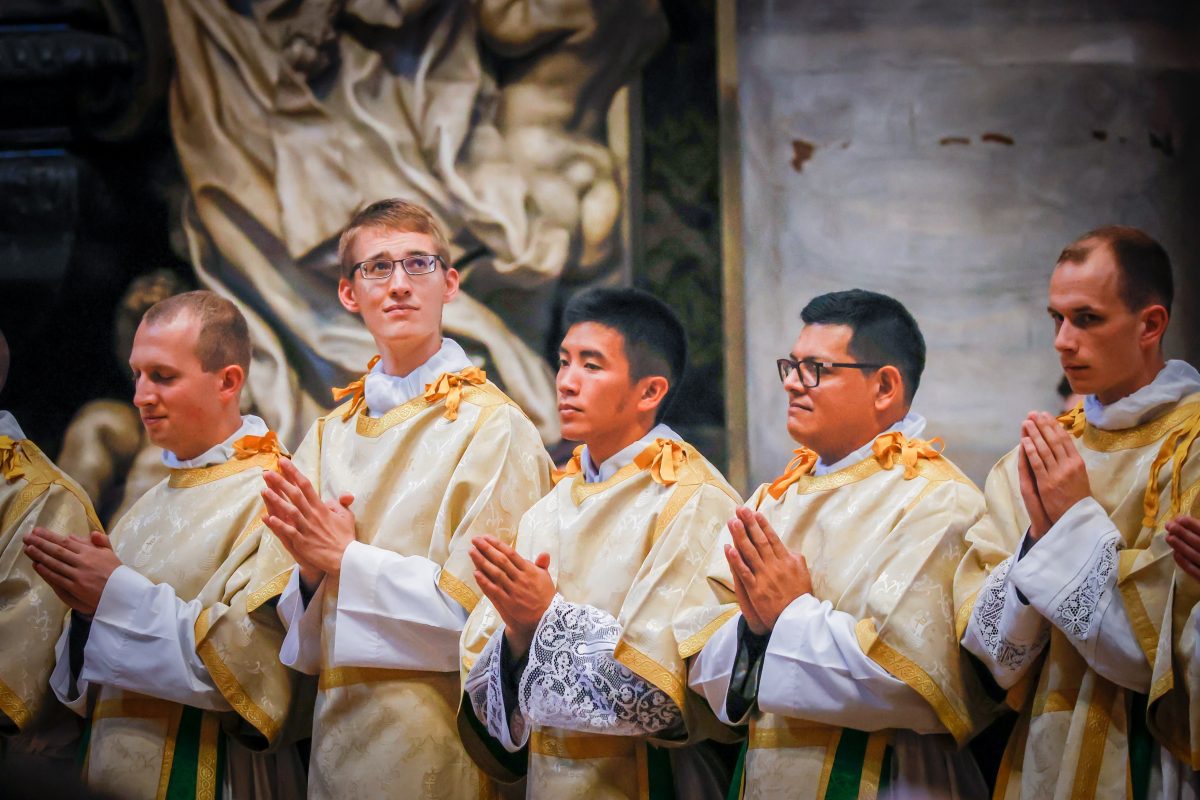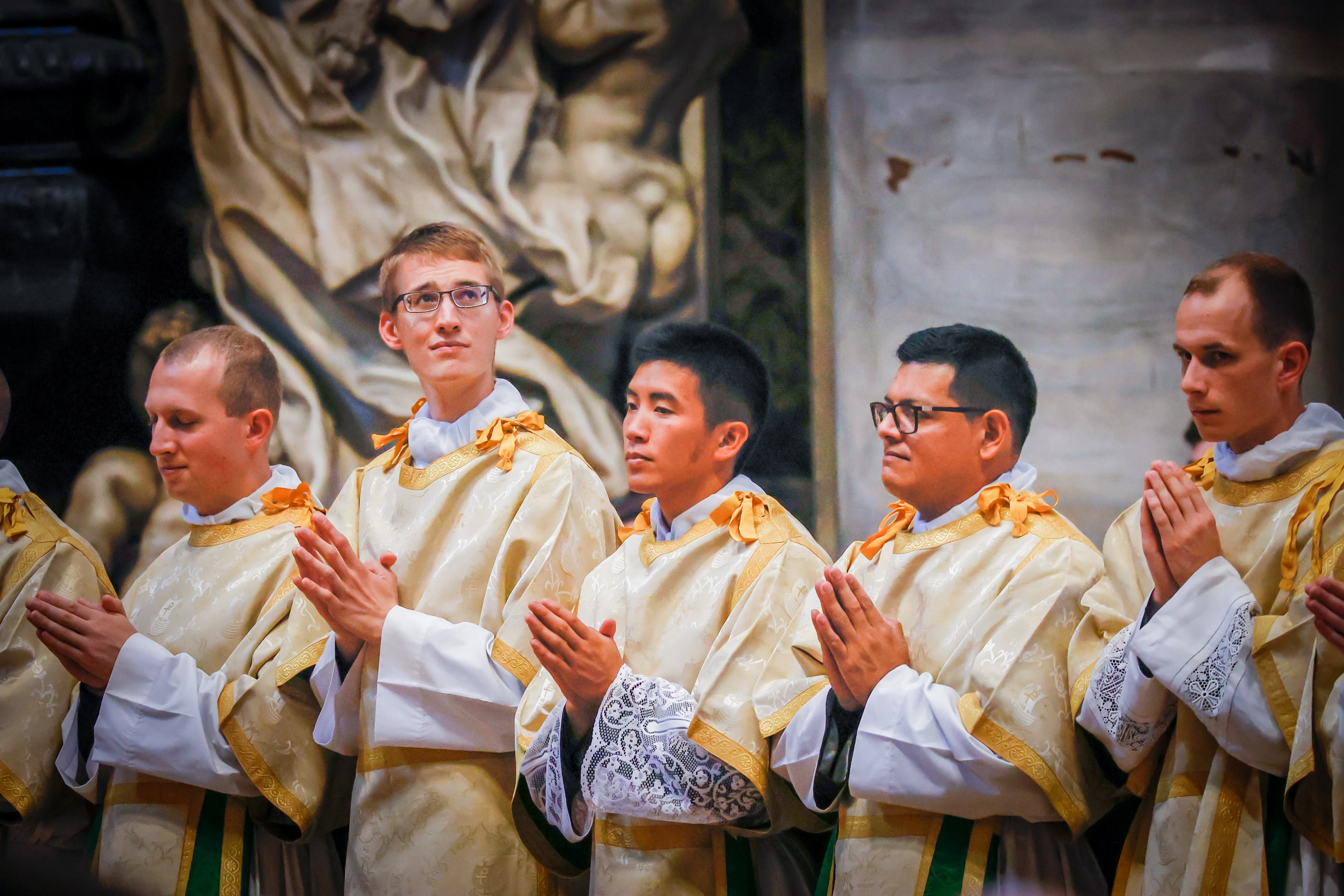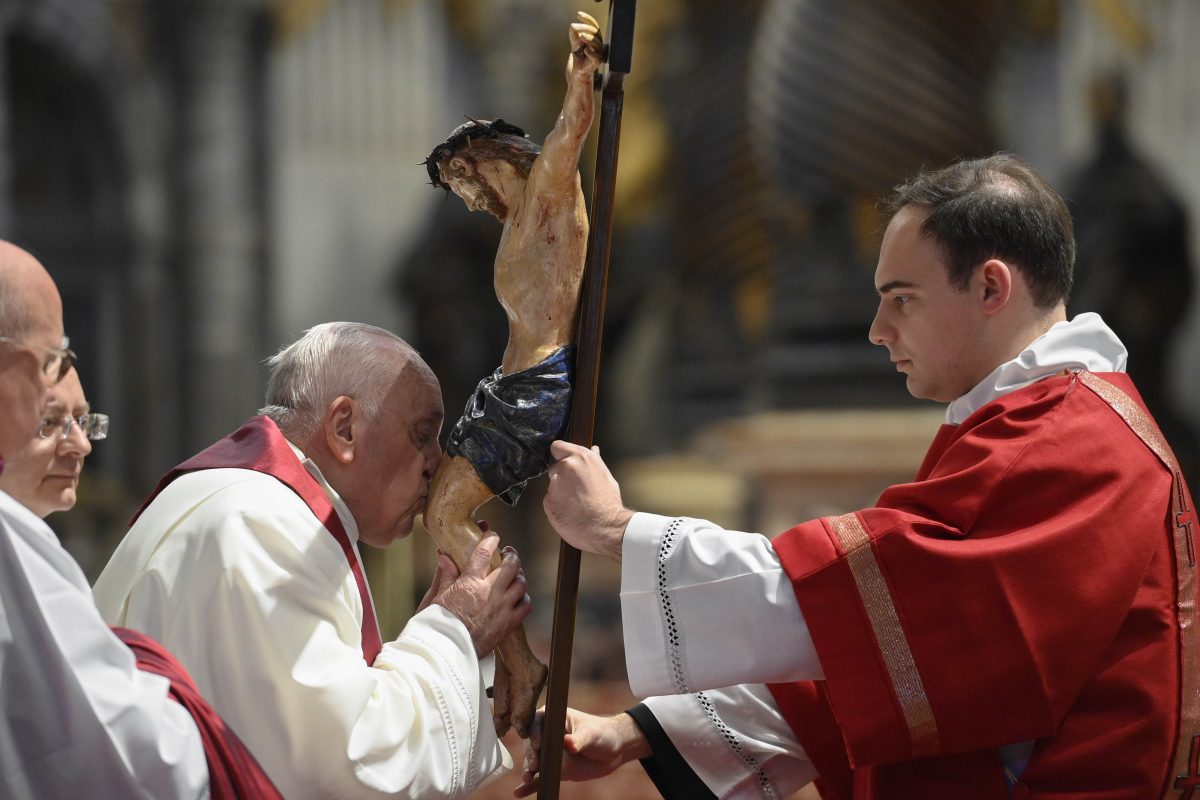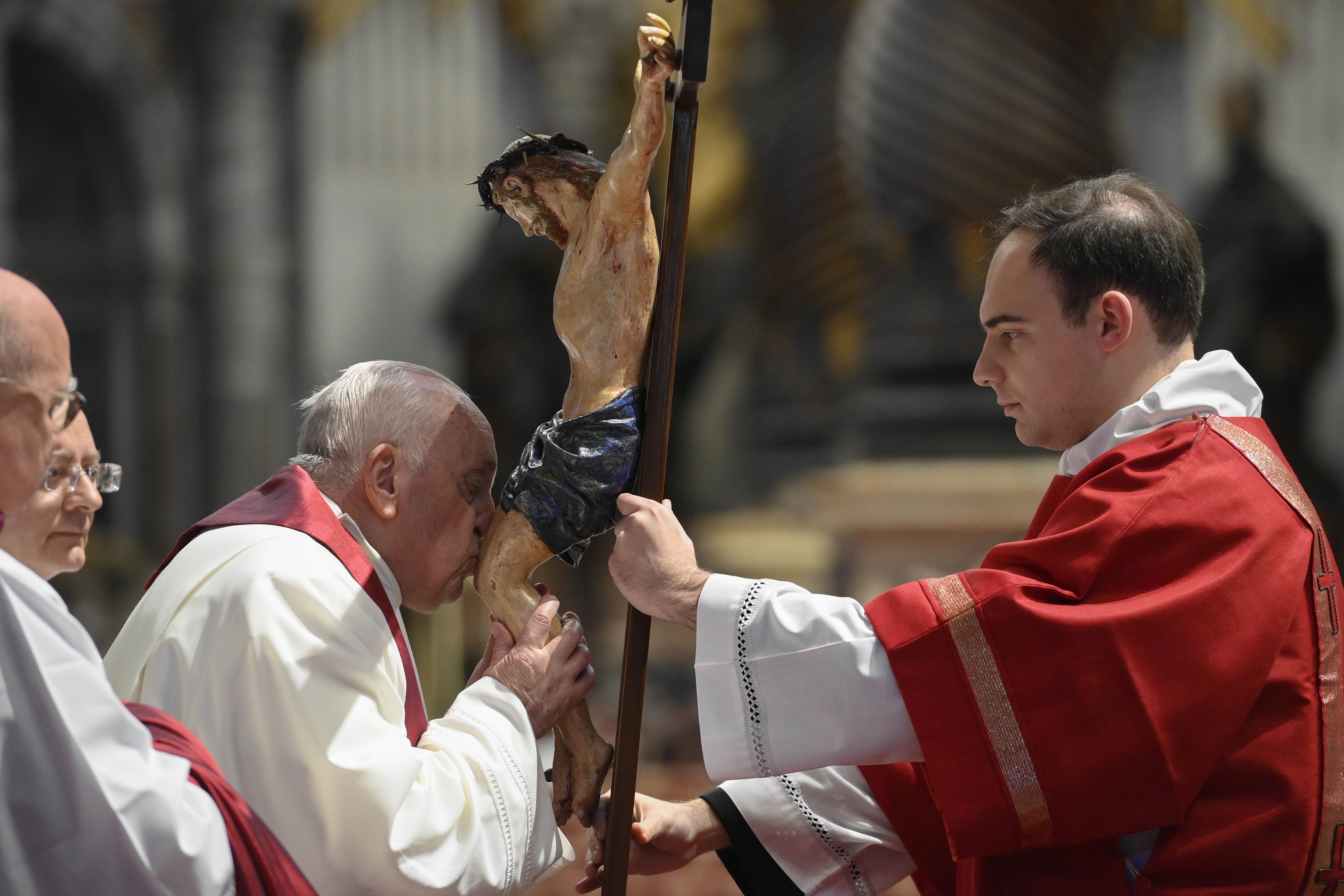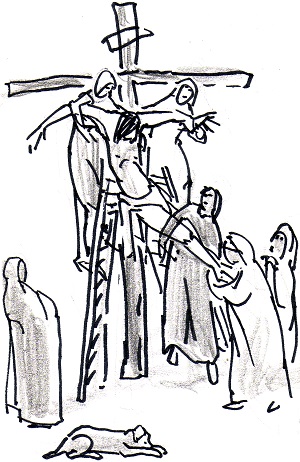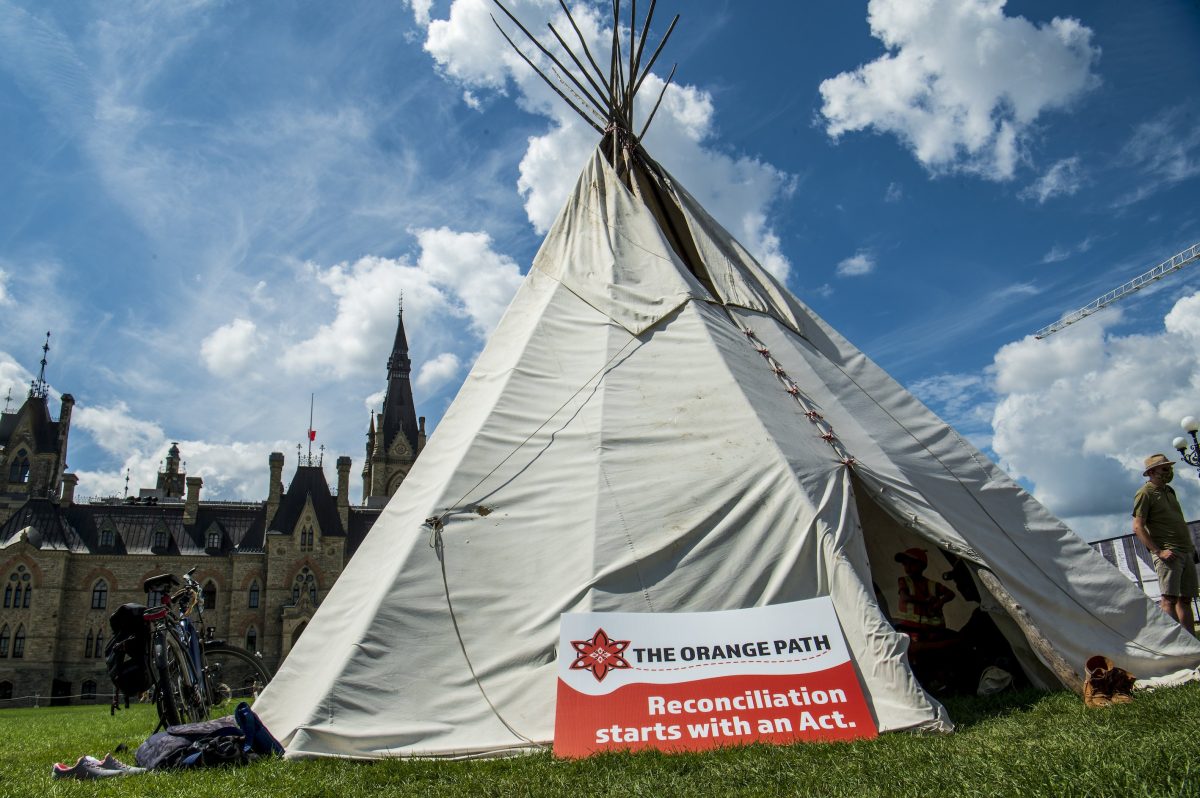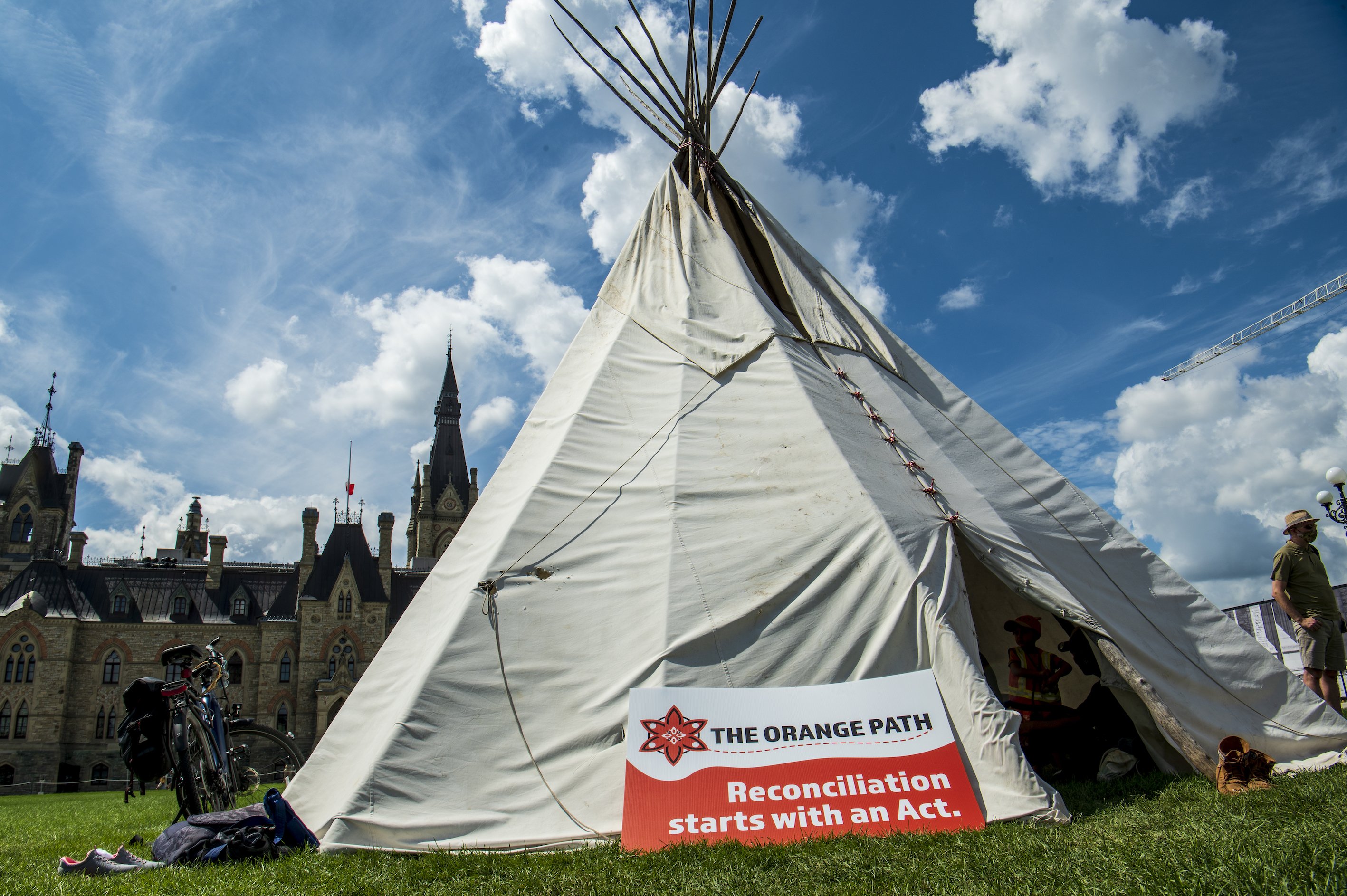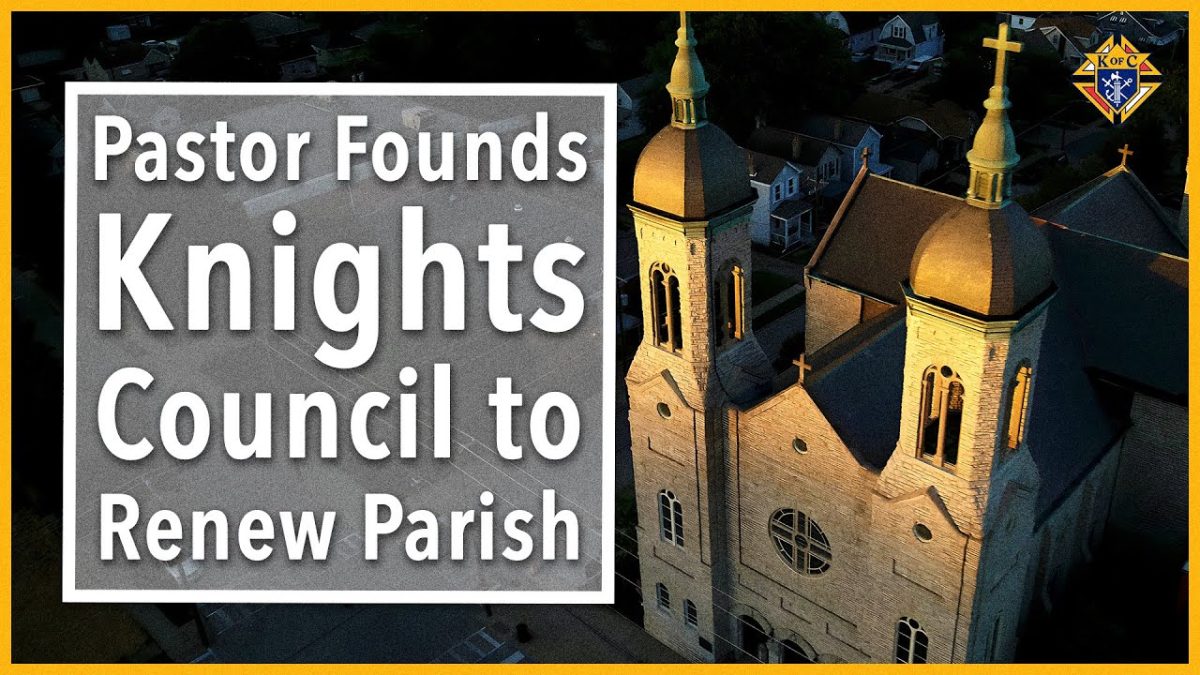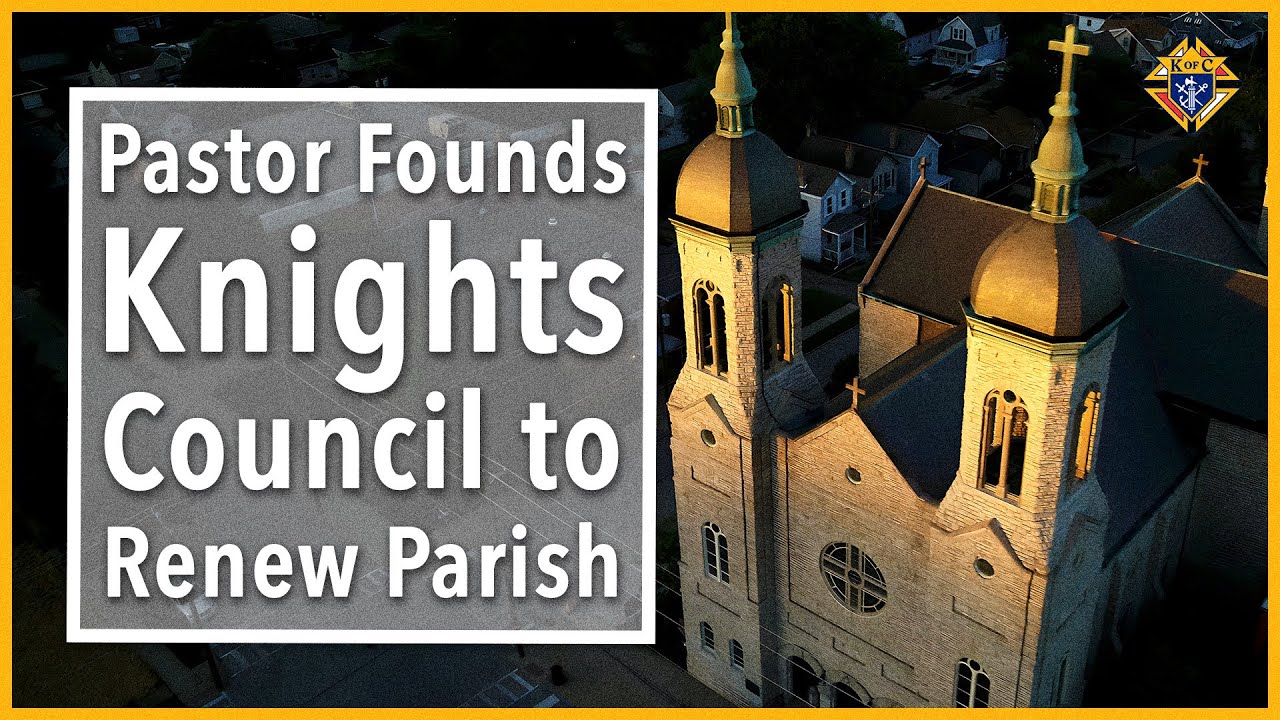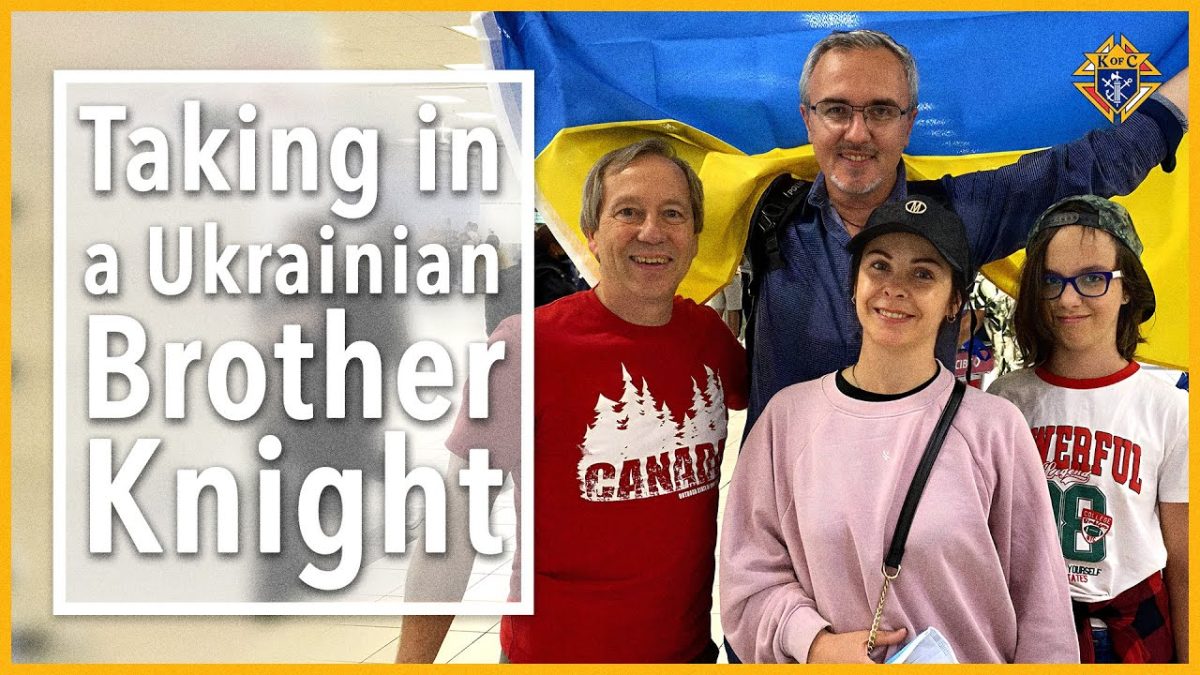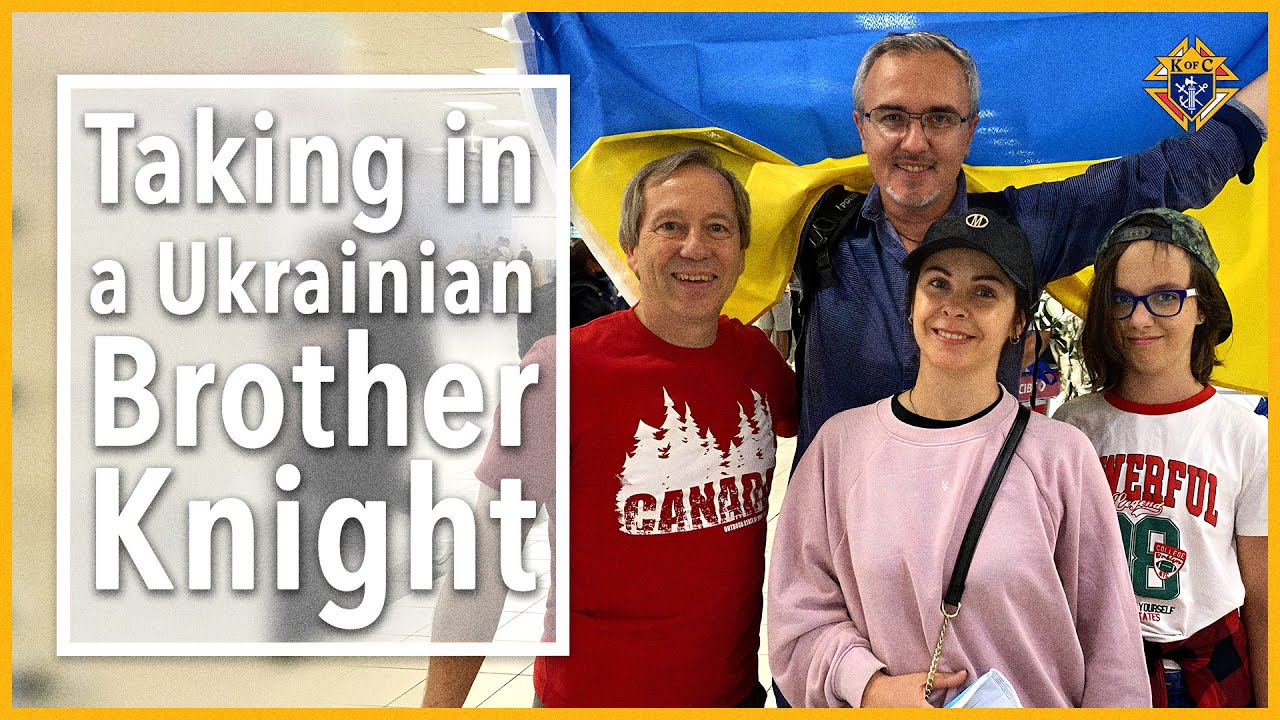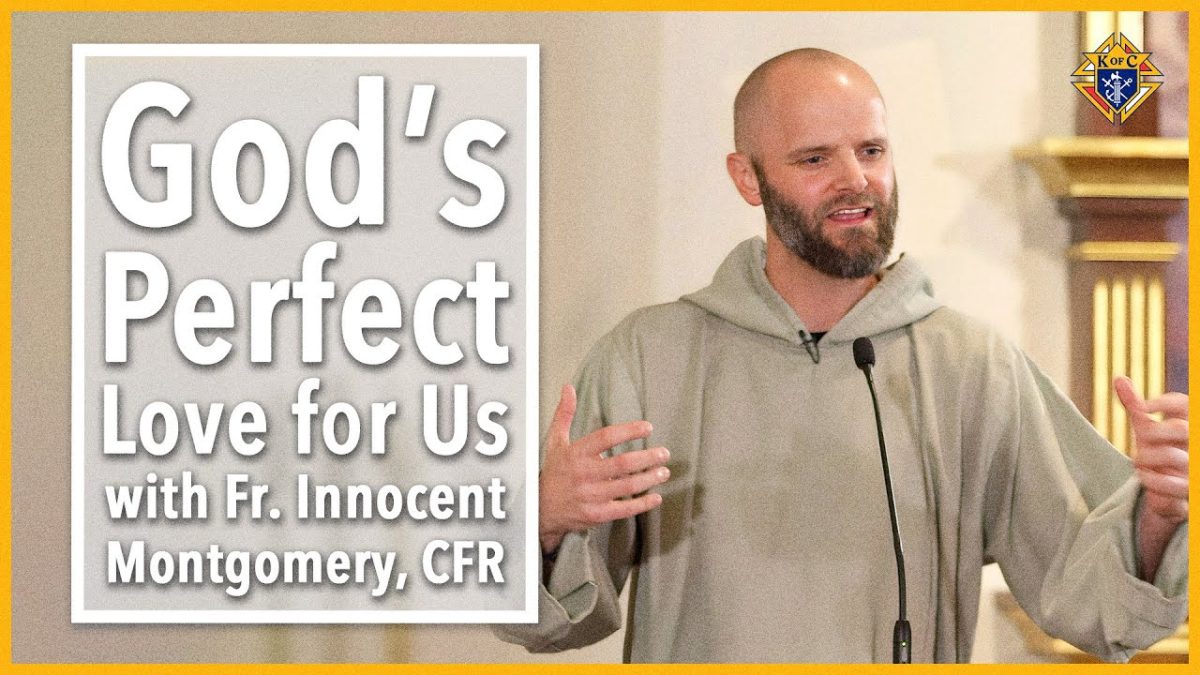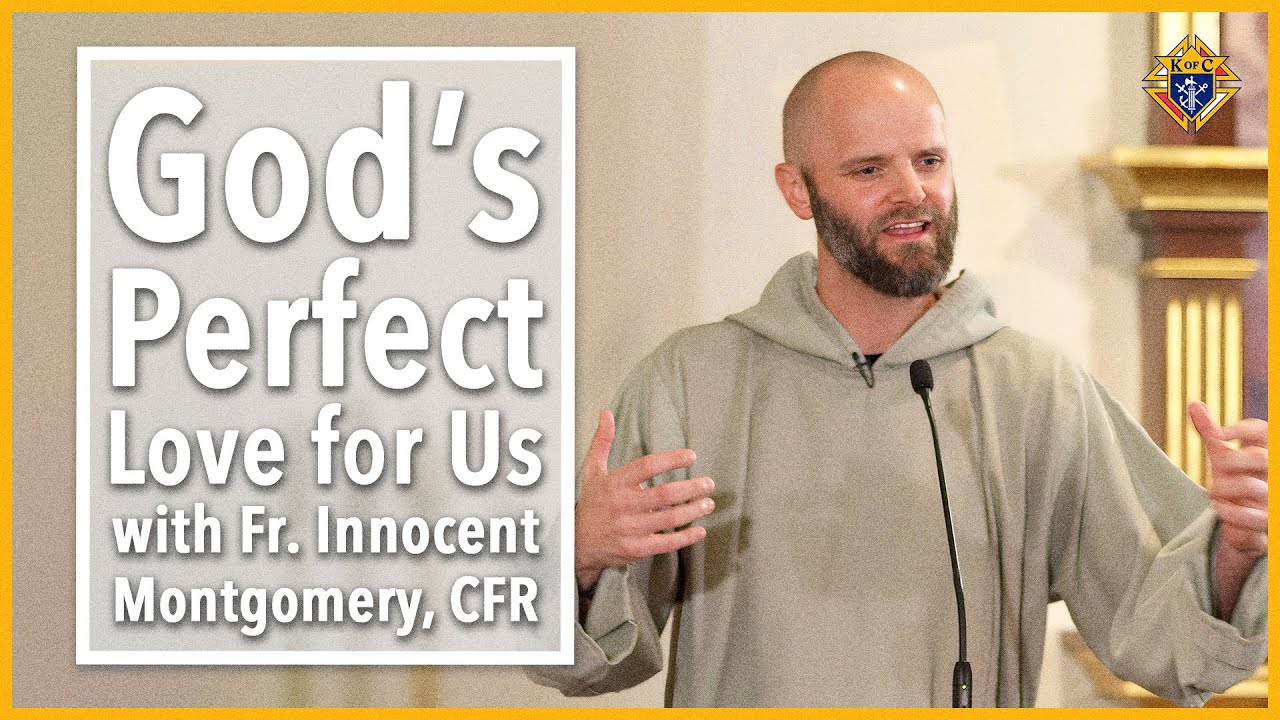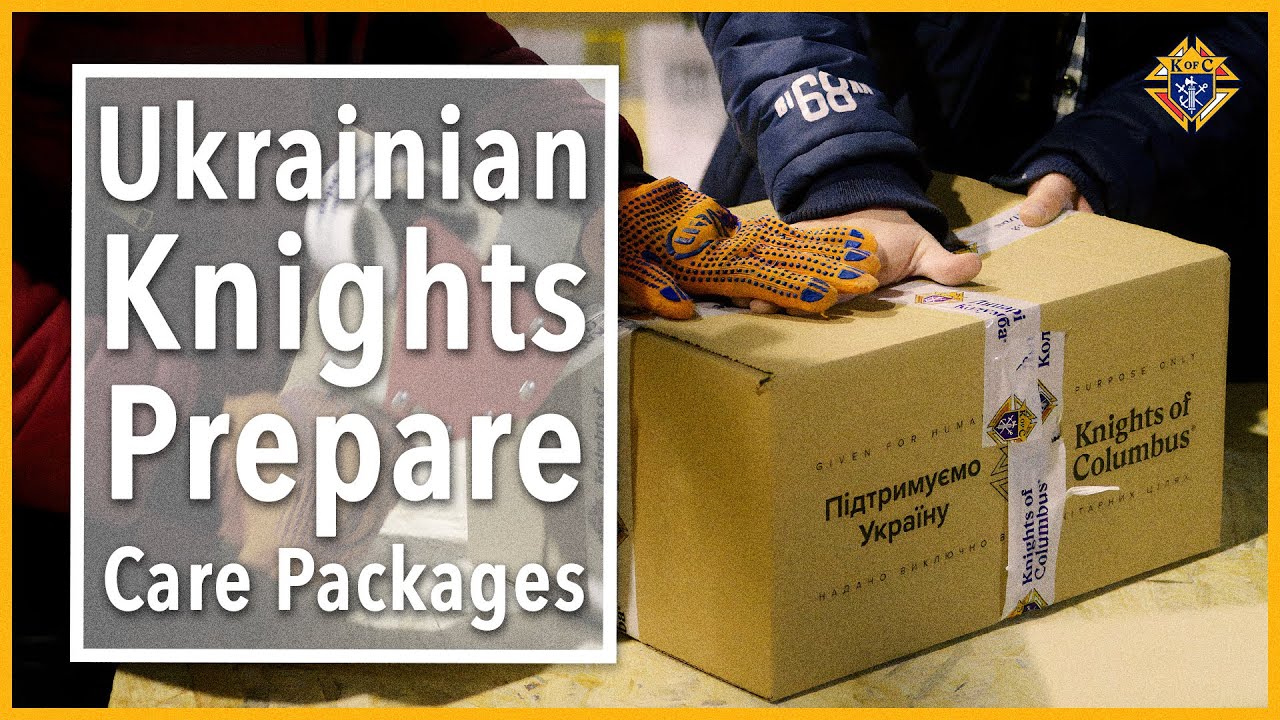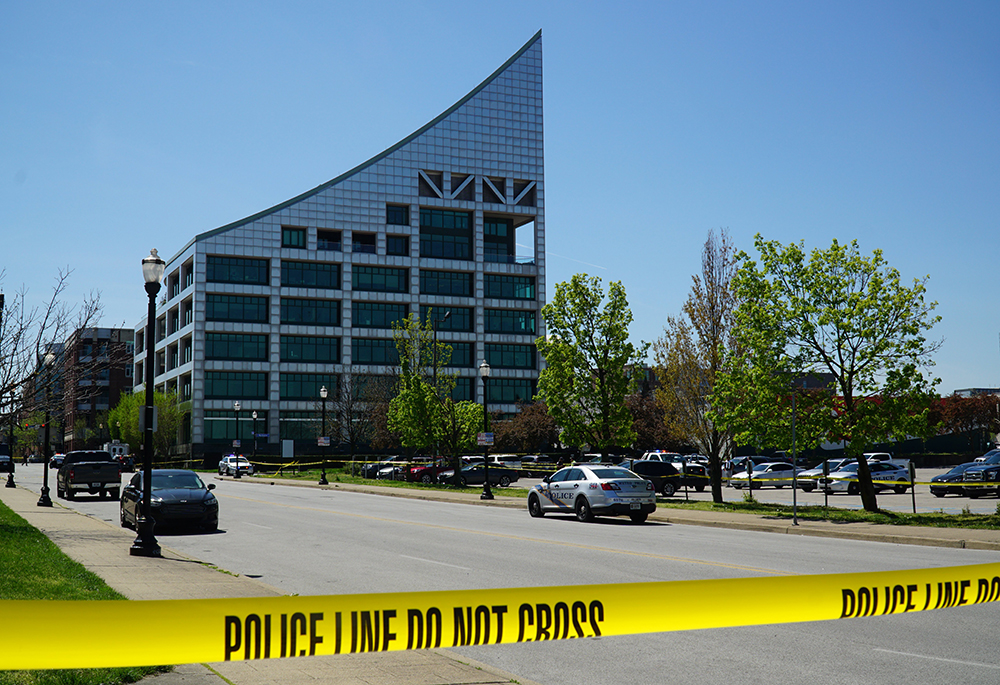
Amid calls for prayer and praise for first responders, officials confirmed that four people were killed in an April 10 mass shooting, Easter Monday morning, in a downtown bank in Louisville, Kentucky.
According to the Louisville Metro Police Department, at least eight people were injured, including two LMPD officers, during the shooting at the Old National Bank, 333 E. Main St. The suspect also died at the scene.
« My heart is heavy as we learn about another mass shooting, now in our own Louisville community, » Louisville Archbishop Shelton Fabre said in a statement provided to The Record, the weekly newspaper of the Archdiocese of Louisville. He reminded the faithful that amid Easter joy, the cross remains. « Even with our Easter hope so recently renewed, we have been quickly reminded that we still live in the shadow of the cross, the cross of senseless violence. »
« For now, please join with me in praying for those who have died and for those who have been injured and for their families, » he said. « Let us also pray for all in our community as we deal with this tragedy. »
Prayer also headlined comments made by Mayor Craig Greenberg and Gov. Andy Beshear, who appeared at a press conference near the scene soon after the incident.
The mayor, who survived a shooting in his campaign offices last year, asked the community to pray for victims of the latest shooting and to work together to prevent gun violence. He also gave thanks for the efforts of « brave and heroic first responders. »
« Without a doubt, their actions saved lives, » he said.
LMPD Deputy Chief Paul Humphrey said during the press conference that officers who arrived at the scene exchanged gunfire with the shooter. It was unclear whether law enforcement killed the suspected shooter or if death was due to a self-inflicted wound, he said, adding that the cause will be part of the investigation.
Heavy with emotion, Beshear echoed calls to prayer and praise for law enforcement, « the brave heroes of LMPD » and others who responded.
« Their efforts saved lives and put their own on the line, » he said, noting that the FBI, Bureau of Alcohol, Tobacco, Firearms and Explosives, or ATF, Department of Homeland Security and Kentucky State Police were among those on the scene.
Beshear said the shooting affected him personally.
« This is awful. I have a very close friend that didn’t make it today and another at the hospital, » he said. Beshear noted his attorney general campaign offices were located in the Old National Bank building. « When we talk about praying, I hope that we will. »
He encouraged the community to « wrap our arms around these families » affected by the shooting and urged them to seek help if needed.
The governor also reiterated his gratitude to LMPD, which was recently rebuked by federal investigators in a review of its practices.
« We saw the very best from them today, » he said.
